How Long Does It Take for an Oyster to Make a Pearl?

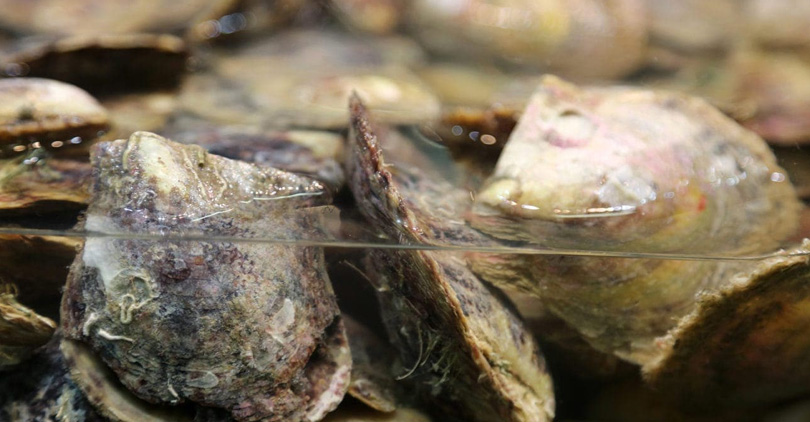
Pearls are considered one of the most beautiful and classic jewelry. This is because of their elegance and beauty that surpass time.
These are very unique gemstones. They grow inside a living sea animal. But how does an oyster create such a stunning gem, and how long does it take?
This article discusses the captivating process involved in pearl formation. We'll explore the variables influencing its duration. Besides, we'll analyze all disparities between real pearls and those that are artificially made.
How Do Oysters Create Pearls?
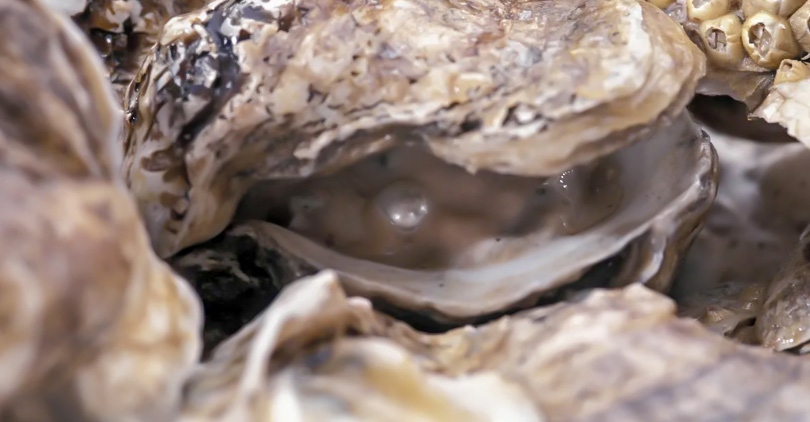
Living organisms do not produce anything, but pearls are an exemption. It all starts with the entry of an intruder (e.g., sand grain, parasite, organic debris) into the shell of the oyster. The entrance of this irritant causes the oyster to respond.
The Pearl Formation Process Step-by-Step
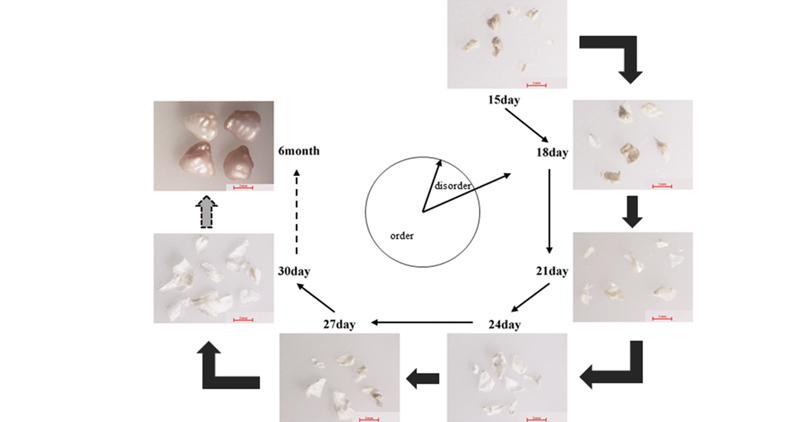
Step 1: Irritants Invade
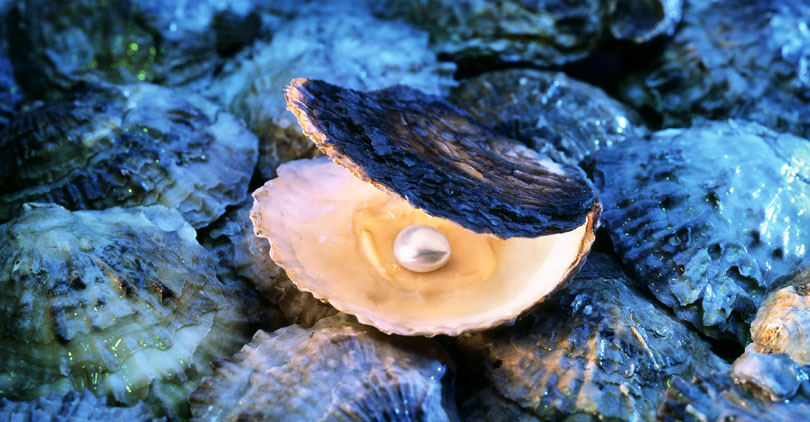
When something enters the oyster's shell, it causes discomfort. This can be a natural irritant like a tiny parasite or even a fragment of a shell. Since it cannot spit out what has trespassed into it, the intruder will make the oyster uncomfortable.
Step 2: Oyster's Defense Mode
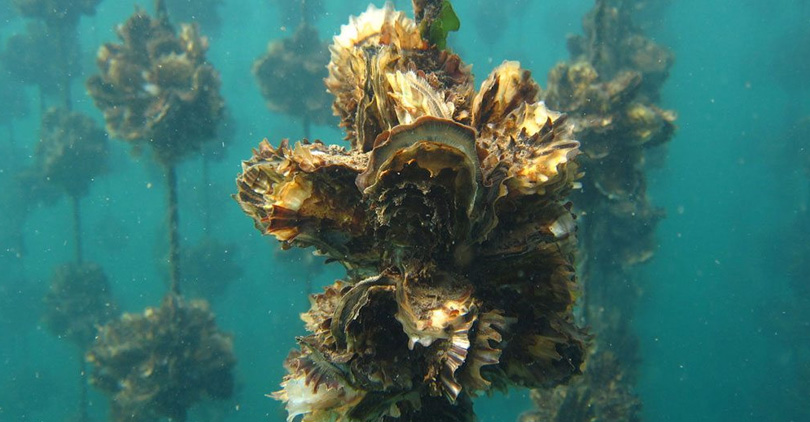
In order to protect itself from harm, it coats the irritant with a slimy and shiny material known as "nacre" or "mother-of-pearl."
Nacre is composed of layer-structured micrometer calcium carbonate crystals. The compound serves to pacify any form of discomfort while giving way to an amazing surface quality common in pearls.
Step 3: Layer by Layer
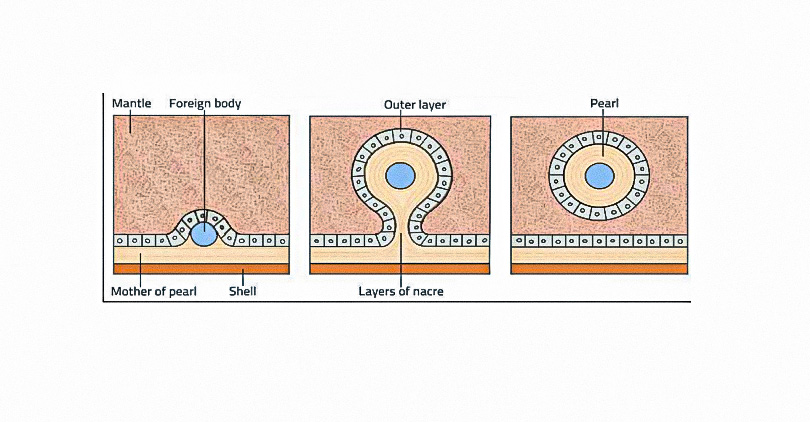
With time, the oyster adds more layers of nacre over the initial one surrounding the irritant. These accumulated layers result in the formation of pearl on its own due course. It takes time as each layer is very thin, but after several years, you get there – a lovely even stone!
How Long Does It Take for a Pearl to Form?
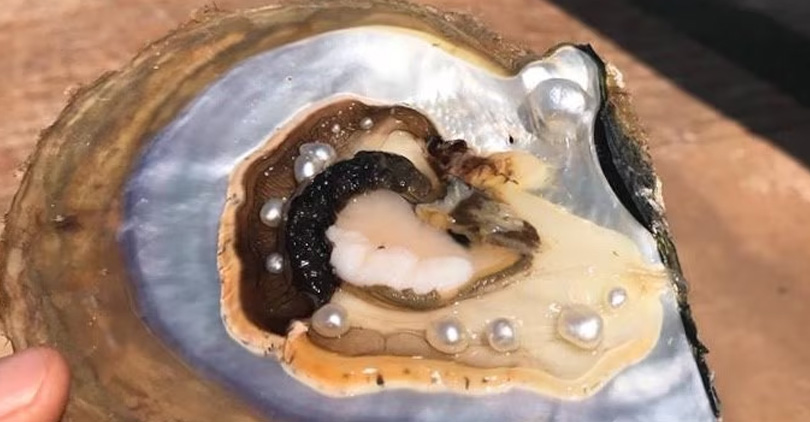
The time it takes for a pearl to develop is determined by a range of factors. Others develop in a matter of months, but most will take several years to mature to full size and luster.
Average Timeframe
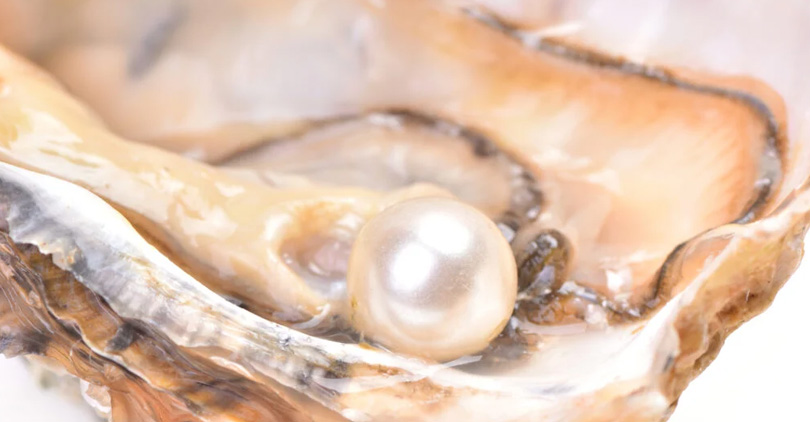
- Small Pearls: Around 6 months. These pearls will, in most cases, be less than 7mm in diameter. They can sometimes develop relatively fast in freshwater mussels.
- High-Quality Pearls: 2 to 4 years. High-quality pearls, larger and whiter and ideally spherical in shape, take a few years to form.
- Larger Pearls: 10 years at most. Certain pearls, particularly South Sea pearls, can develop to full size in a period of 10 years at most.
Factors That Affect Pearl Formation Time
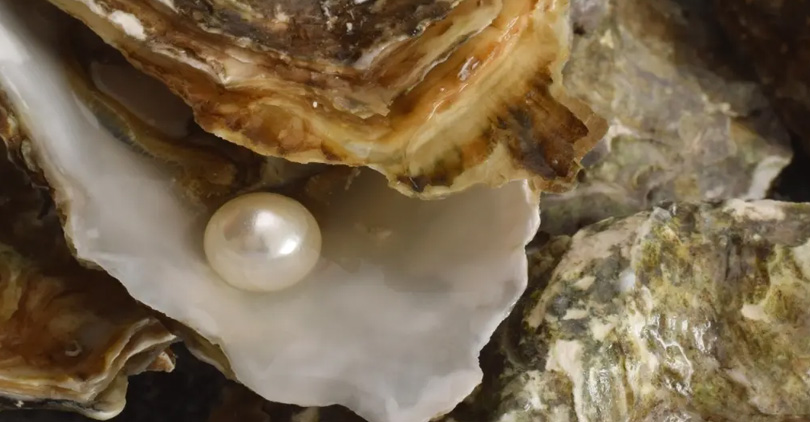
- Type of Oyster
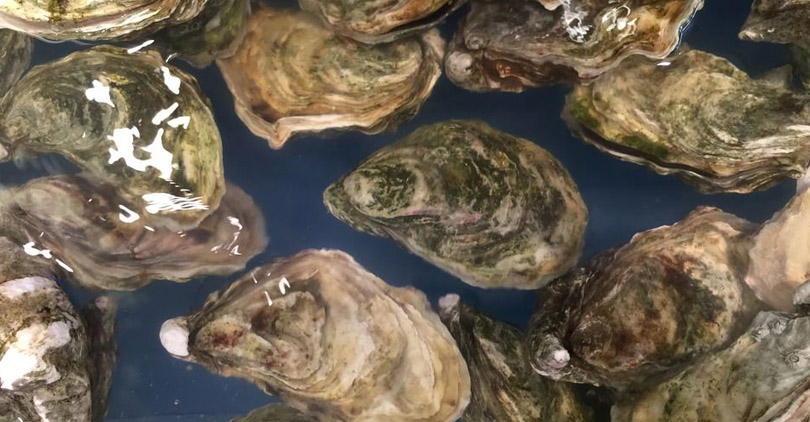
There are several species of pearls that form pearls at variable velocities. For example, Akoya pearls form at a relatively quick pace. In contrast, South Sea pearls form longer. So they are larger and more costly.
- Natural vs. Cultured Pearls

Naturally, pearls form over a longer period. It is a purely organic process. They have a small chance of occurrence of an irritant entering at a random interval.
Cultured pearls have another beginning. Pearl farmers are planting a nucleus to cause pearl development. This way, they are shortening the period of pearl formation.
- Water Conditions
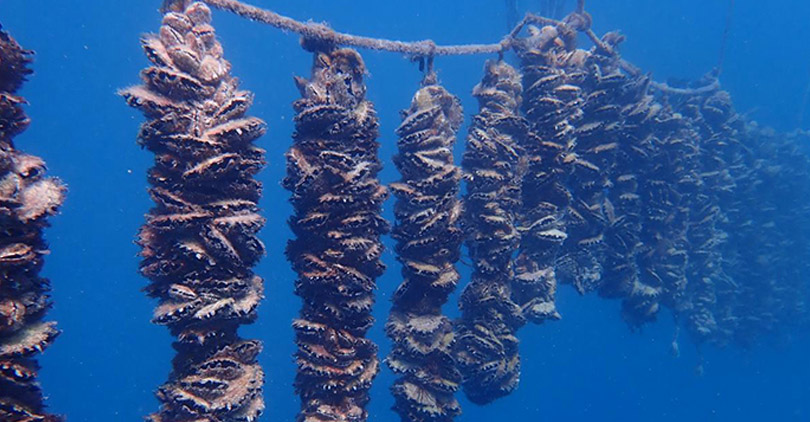
Temperature, salinity, and food availability influence pearl development. Pearls grow faster in high temperatures. But low temperatures slow their growth. Clean, nutritious water helps oysters thrive and produces better-quality pearls.
- Nacre Deposition Rate
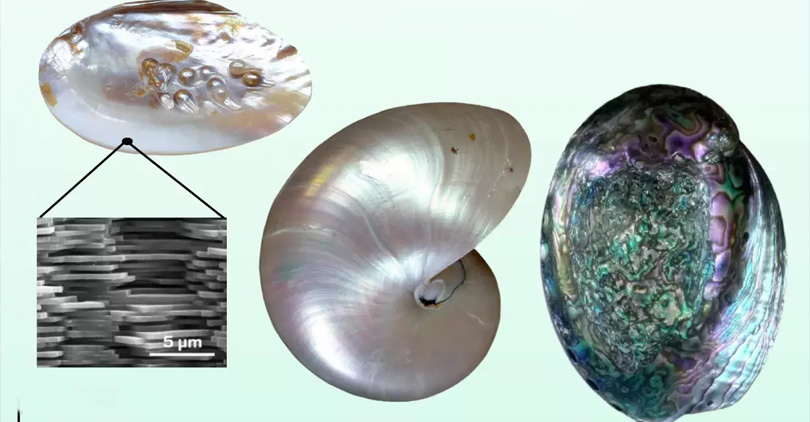
Nacre is deposited in thin layers daily, but these layers are exceedingly thin. Nacre deposition is variable in the environment and the state of health of the oyster.
Healthful, well-conditioned oysters in perfect environments can produce nacre effectively. So, pearls form at a quick rate.
The Difference Between Natural and Cultural Pearls
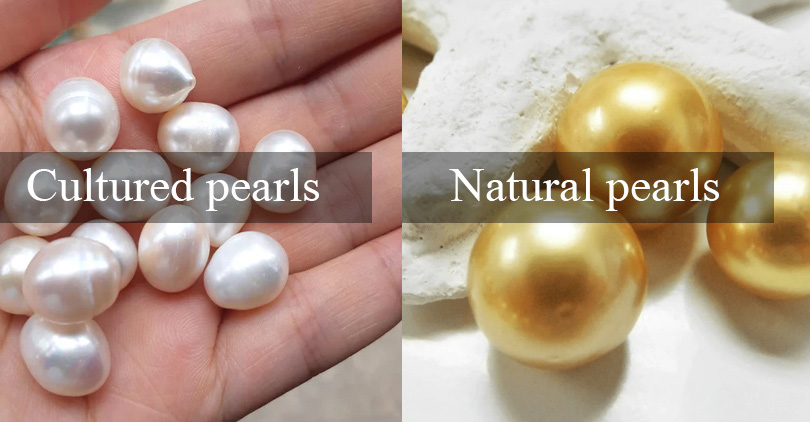
All pearls don't form in an identical way. There is a difference between pearls and cultured pearls.
Natural Pearls
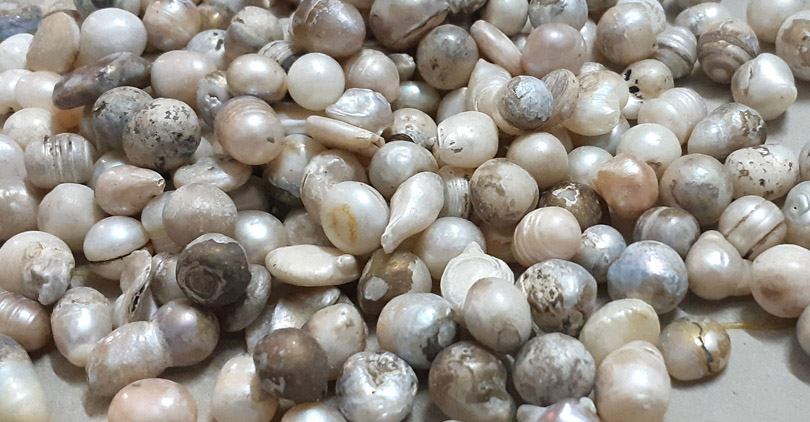
They occur naturally. This kind of pearl forms naturally in its environment with no intervention from humans. A natural pearl is developed when a foreign substance or an object enters and gets trapped in an oyster's body.
Being rare, they are an arm and a leg in terms of price and, therefore, unaffordable. They can even be asymmetrical with contrasting colors. And such colors become a big desire for jewelry collectors.
Cultured Pearls
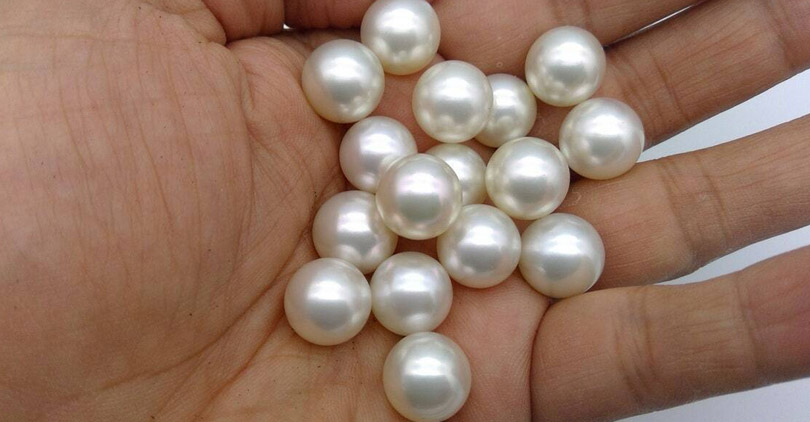
Farmers insert a small bead (called a nucleus) into the oyster to initiate pearl formation. This process allows for controlled pearl cultivation. This way, they ensure a higher yield and more consistent quality.
The technique ensures that pearls produced are high quality. They preserve their natural appearance. What is more, farmers can get cultured pearls of different shapes, sizes, and colors. It all depends on the kind of oysters and the methods used for breeding them.
Cultured Pearl Timelines by Type
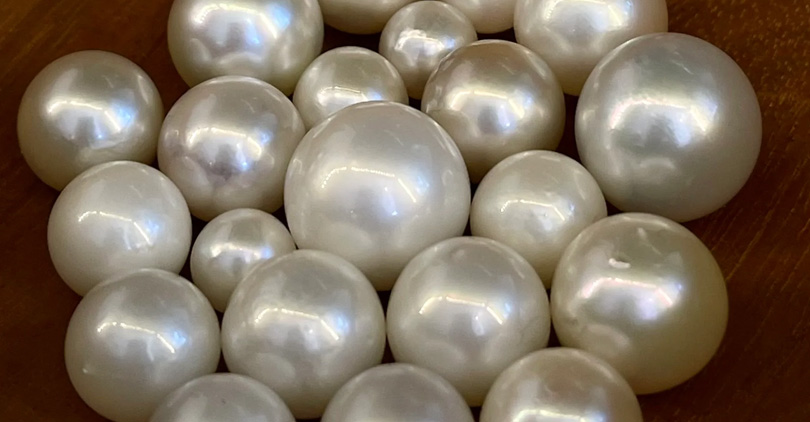
- Akoya – 1 to 2 years
- Tahitian – 2 – 3 years
- South Sea – 2 to 4 years
- Freshwater – 6 months to 2 years
Does Harvesting a Pearl Kill the Oyster?
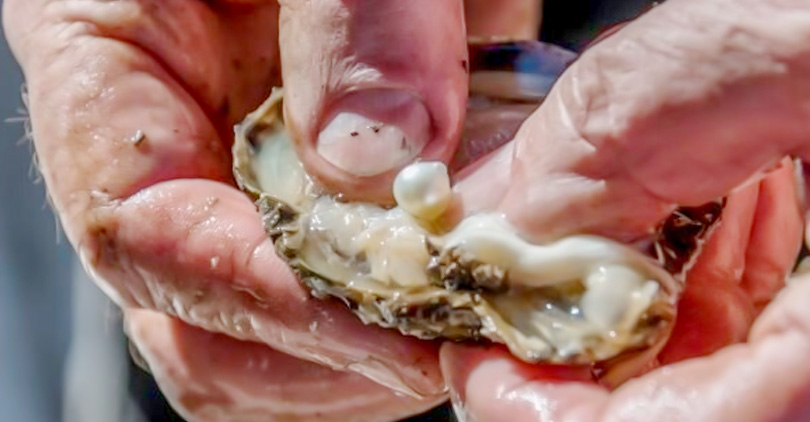
Many people have questioned whether harvesting a pearl will hurt an oyster. Thankfully, it doesn't have to.
- Careful Harvesting: Pearl harvesting will not kill an oyster with proper care. Pearl farmers can gently remove pearls with skill and not cause much harm. After harvesting, an oyster can be submerged in water and can produce pearls again.
- Oysters Can Give Several Pearls: With proper maintenance, an oyster can produce pearls for its entire life span. There are even ones capable of producing several pearls at one time or in succession over a span of years.
However, with certain types of pearls, harvesting entails sacrificing the oyster. In cultured pearl farms, such a practice is less common. Most farms are practicing sustainability techniques.
Conclusion
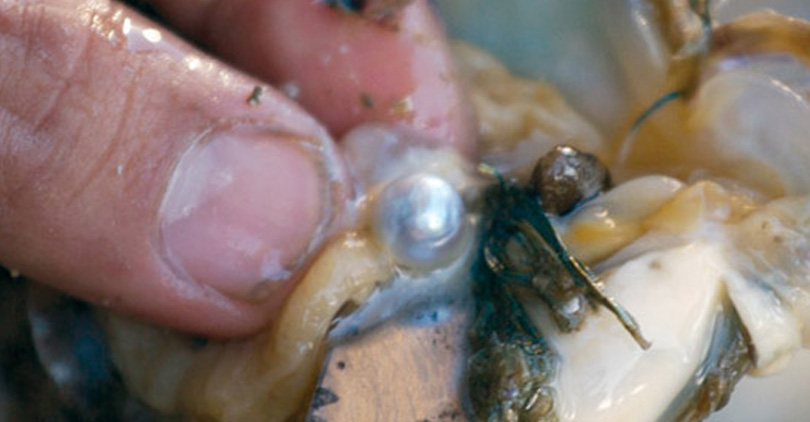
The journey of a little annoyance to a brilliant pearl is a magical one. It involves patience, time, and the inbuilt talent of oysters. Regardless of whether a pearl is naturally produced or cultured, each one tells a story shaped over years of careful development.
How long a pearl takes to form depends on several factors. These are the type of oyster, living environment, and whether a pearl is cultured or not.
The next time you view a pearl, recall the incredible journey it underwent in becoming such a lovely gem. From ocean floors to jewelry cases, pearls stand witness to beauty that patience and Mother Nature can produce.


Leave a Comment